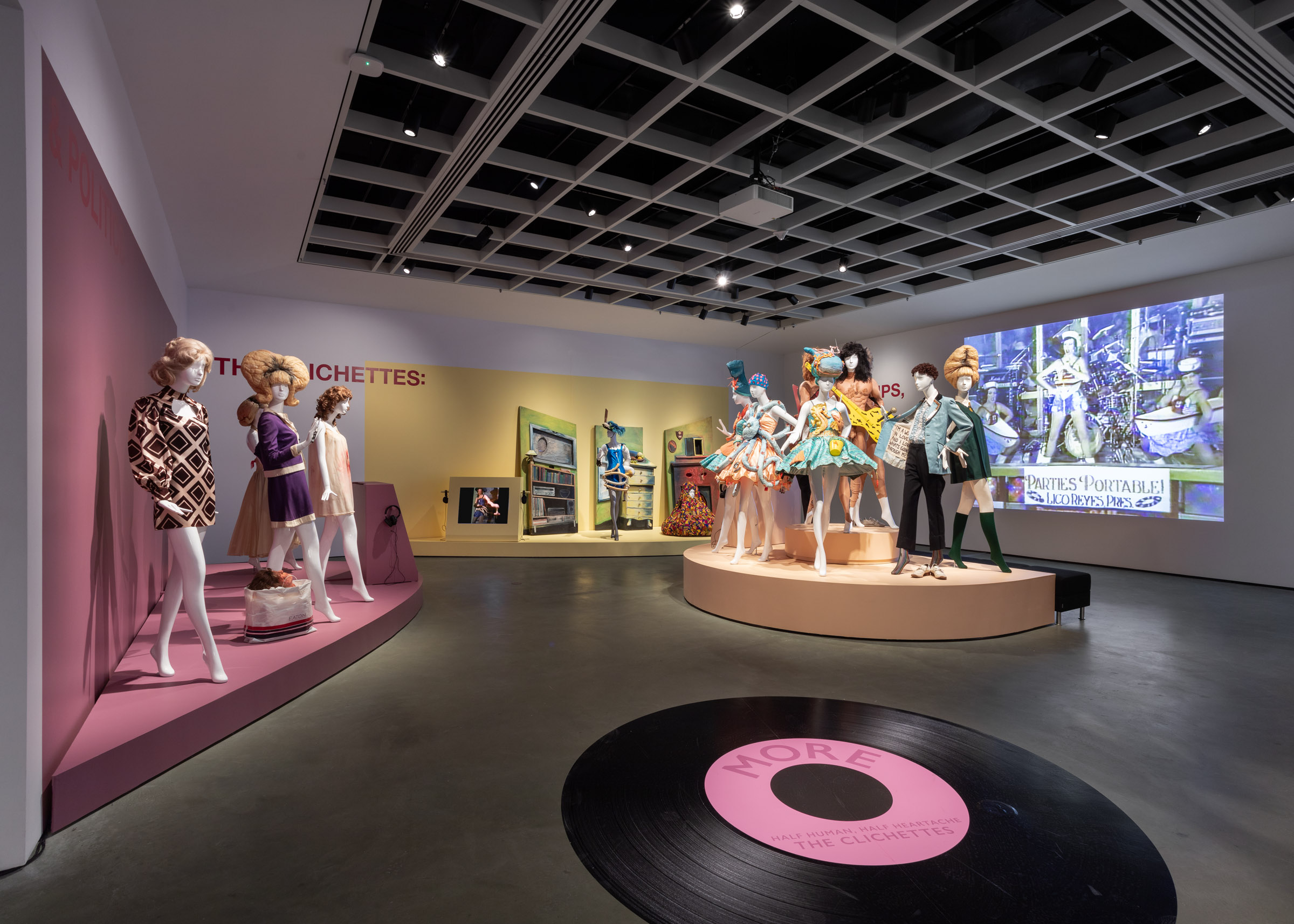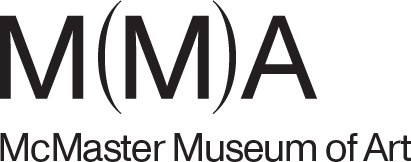Frames: Encompassing an Artwork
July 25, 2012

Art and our interaction with it always operates within a context. When you visit an art museum, an often overlooked part of that context is the artwork’s frame.
In her excellent book on the topic, Deborah Davis writes:
Whether oversized and gilded or small and dark, intricately carved or smooth and polished, the frame is always at the mercy of shifting tastes and trends that could cause it to be removed, replaced, condemned to storage, or, worst of all, destroyed.
(The Secret Lives of Frames: One Hundred Years of Art And Artistry, by Deborah Davis, Filipacchi Publishing, 2006, pg 9)
Frames and their shifting styles and importance is a young field of study. In the past, frames were often altered or discarded with a change of ownership. (Check out this page on frames from the Met Museum)
Three paintings currently on display in the MMA’s 125 & 45 exhibit are wonderful examples of this storied saga of the artwork frame.
The first of these paintings I’d like to discuss is Otto Dix’s Anna Grunebaum. While the majority of the frames in the collection do not have a precise history, tied to the original artwork itself, Dix’s frame for Anna is most certainly documented as the original. In fact, Dix designed the frame himself. He created it to particularly evoke visual associations with German Renaissance panel paintings; the simplified floral motif Dix employed is a variant of a pattern use as early as the late 14th century. Dix was very interested in the historic art of Germany; his interest in this field extended to late medieval methods of paint and panel preparation. Looking at Anna Grunebaum is a fantastic juxtaposition of Dix’s modern style and an historic method.

The second painting with an interesting frame (or, lack thereof!) is David Burliuk’s Landscape with Watering Can. Completed in the 1940s, this painting was initially displayed in museum with a period-appropriate frame. It hangs unframed in the current 125 & 45 exhibit.
This raises interesting questions about what a frame does for an artwork. Or perhaps, what a frame does to an artwork. Burliuk’s colourful, impasto painting was encased in a simple, wood, white frame with a sheet of glass covering the work. While this method of framing provided a conservation-friendly microclimate and protection from both fingertips and dust, it also created a barrier between the viewer and the art, making it difficult to see Burliuk’s thick paint application. I’m glad to say many visitors appear to greatly appreciate this change in frame.

The last painting is one with a frame which has provoked very different reactions from visitors; George Agnew Reid’s A Call To Dinner. You may recall Reid’s painting from the recent post. In that post, the painting was shown with the frame cropped out. Above, you see it with its bold, large and bright frame included. Visitors have shared their various reactions to this frame/painting combination with me, and I’ve been very interested to hear that it’s regarded as either distracting or supportive, inappropriate or complimentary. Its history may be linked to Gabriel Max’s 1878 painting The Raising of Jarius’ Daughter, in the collection of (and now on view at) the Montreal Museum of Fine Art. According to Muriel Miller Miner (George Reid’s biographer, 1946), Reid painted A Call to Dinner specifically to fit the frame that had been originally intended for the Max painting. Max’s painting received a different custom frame.
Come and see these three works now until August 4. I’d love to hear what you think of the frame and artwork together!
– Teresa Gregorio, Museum Monitor / Information Officer, McMaster Museum of Art

McMaster Museum of Art wins Exhibition of the Year for The Clichettes: Lips, Wigs and Politics
December 2, 2025
On Monday, December 1, 2025, Galeries Ontario / Ontario Galleries (GOG) announced the winners of the 48th Annual GOG Awards and the McMaster Museum of Art (M(M)A) took away the top award for the Exhibition of the Year (Budget Over $50K) for the Fall 2024 exhibition The Clichettes: Lips, Wigs and Politics produced in partnership […]

The Creative Process: Well-being through art with the McMaster Museum of Art
August 22, 2025

McMaster Museum of Art Welcomes New Communications Officer Jeff Jung Sing Chow
July 11, 2025





